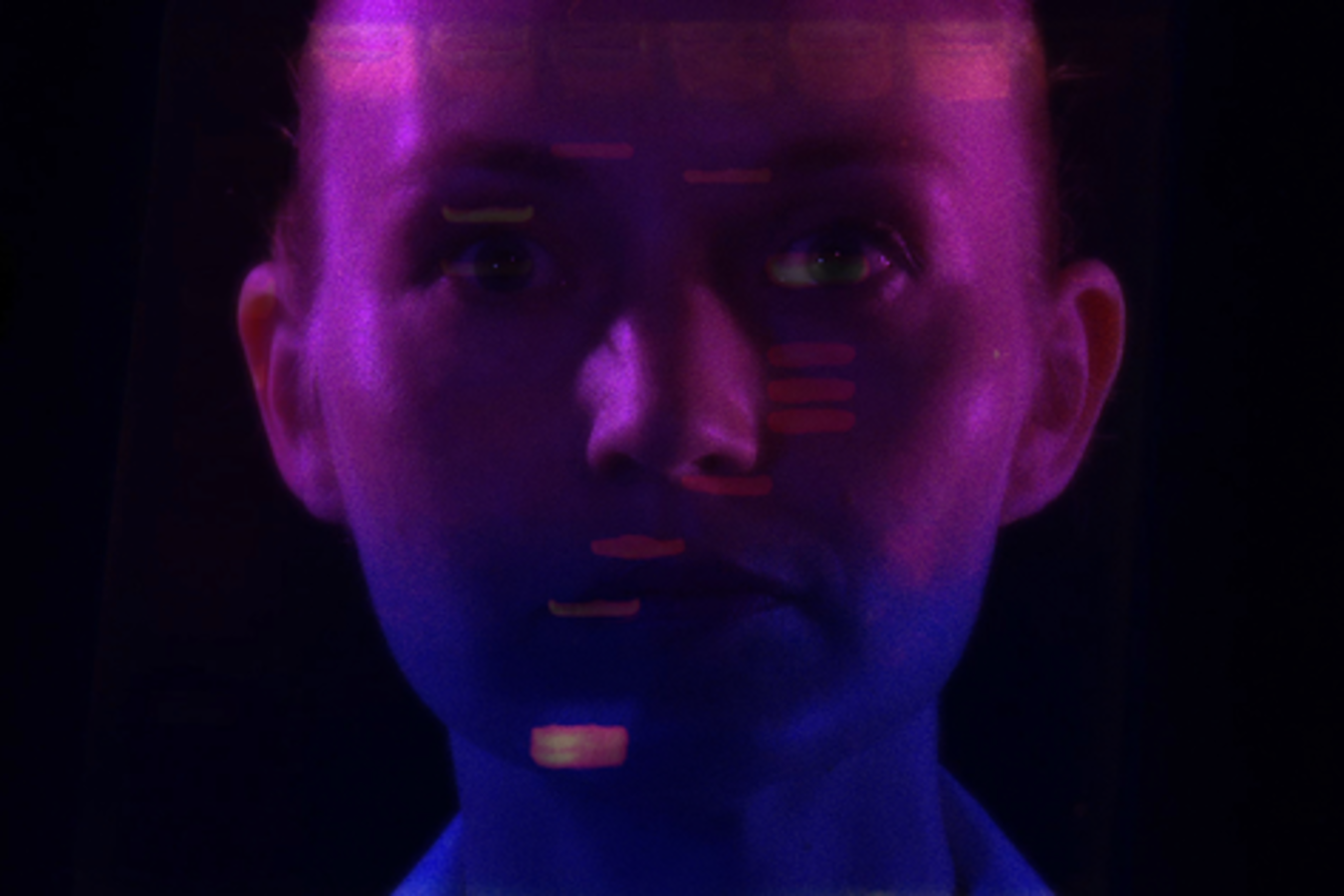
 The last event I visited this quarter was a nod to technology, science,and art throughout the years. It was an exhibit that highlighted works at LACMA from 67-71 and featured work from different artists around the world (LACMA). It was interesting looking at the exhibits and seeing how the "new technologies" from those times have developed and how they are still incorporated in new art and science. One artist whose work I found very interesting was Giant Ice Bag by Claes Oldenburg, an American sculptor (Wiki). It was also interesting to hear the he was an artist who thought artists should disappear from their art, which is an unusual concept; he wants not to be a part of his art but instead to have his art be its own entity, almost like a parent to his child (Kino).
The last event I visited this quarter was a nod to technology, science,and art throughout the years. It was an exhibit that highlighted works at LACMA from 67-71 and featured work from different artists around the world (LACMA). It was interesting looking at the exhibits and seeing how the "new technologies" from those times have developed and how they are still incorporated in new art and science. One artist whose work I found very interesting was Giant Ice Bag by Claes Oldenburg, an American sculptor (Wiki). It was also interesting to hear the he was an artist who thought artists should disappear from their art, which is an unusual concept; he wants not to be a part of his art but instead to have his art be its own entity, almost like a parent to his child (Kino). The first part of this project that was so interesting was the amount of technology needed to construct this project: engineers, electricians, custom fabric makers (Conserving). Another interesting part of this project, that I think gets lost a lot in our serious talks about technology and art, is that Oldenburg thought that his works should have a bit of humor to them (Leob). It is a unique thought process to see how this piece would fit into the same conversation that we are having about art and medtech, but 40 years ago. I believe that being able to look back on this art and technology through the looking glass of time affords us an opportunity to not only comment on how art has changed and technology has changed, but also how the relationship between the two has matured.
The first part of this project that was so interesting was the amount of technology needed to construct this project: engineers, electricians, custom fabric makers (Conserving). Another interesting part of this project, that I think gets lost a lot in our serious talks about technology and art, is that Oldenburg thought that his works should have a bit of humor to them (Leob). It is a unique thought process to see how this piece would fit into the same conversation that we are having about art and medtech, but 40 years ago. I believe that being able to look back on this art and technology through the looking glass of time affords us an opportunity to not only comment on how art has changed and technology has changed, but also how the relationship between the two has matured.Sources:
"A conversation with Claes Oldenburg about the giant writhing icebag." Claire Leob. 26 Apr. 1971. Radio.
"Claes Oldenburg." Wikipedia. Wikimedia Foundation. Web. 7 June 2015.\
"Conserving Claes Oldenburg’s Ice Bag–Scale C, 1971." Watch: Artists: Conserving Claes Oldenburg's _Ice Bag–Scale C_, 1971. Web. 7 June 2015.
"From the Archives: Art and Technology at LACMA, 1967–1971." From the Archives: Art and Technology at LACMA, 1967–1971. Web. 7 June 2015.
Kino, Carol. "Going Softly Into a Parallel Universe." The New York Times. The New York Times, 16 May 2009. Web. 7 June 2015.














